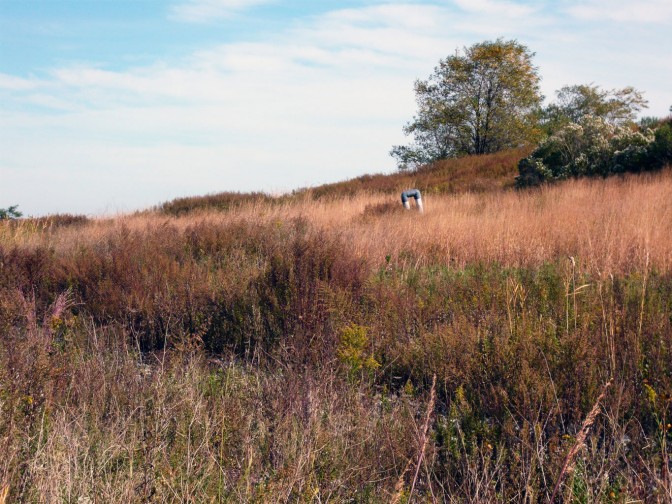Wetland History at Freshkills Park
When Lenape Native Americans lived in the Fresh Kills area, the wetlands served as habitat for animals, birds, and bivalves, providing hunting and fishing grounds.
The name “Fresh Kills” comes from the Middle Dutch word kille, meaning “riverbed” or “water channel.” As Staten Island’s population increased in the 1800s, European settlers considered the wetlands a barrier to traveling.
Robert Moses, NYC Parks Commissioner from 1934-1960, played a major role in procuring the area as a place for landfill operations. His 1951 plan for the site outlined how, once the wetlands were filled, the area would become new zones for industry, neighborhoods, highways and parklands. Despite more than fifty years of wetland filling, creeks still run through the heart of the site, connecting the Arthur Kill to the William T. Davis Wildlife Refuge. In the late 1990’s New York State passed a law to cease landfill operations, as sections of the site had reached capacity and were capped (South Mound 1996/ North Mound 1997). In 2001, plans to reclaim the site as a Park were initiated, and as a result of an International Competition, in 2003 Field Operations was selected as the planning and Design Consultant. The design incorporated the existing intact wetlands, creeks and tidal flats, with advanced landfill byproduct collection systems to capture and treat landfill gas and leachate.
Plans to restore the wetlands include removing invasive species such as Phragmites, restoring different inter-tidal and freshwater plant communities, and creating additional wetland habitats within existing low-lying areas. An innovative stormwater management system creates pocket wetlands (canals with dense vegetation covering the sides and bottom), and bioretention areas (where soil and plants are used to remove pollutants from storm runoff). As the site is transformed, the Freshkills Park Alliance works to provide in person and virtual early access opportunities to experience these restored wetlands.




